EU/European Commission: Artificial Intelligence Questions and Answers Update – August 2024
EU/European Commission: Artificial Intelligence Questions and Answers Update- August 2024
If summer and rest bring answers to your existential questions, this August the Commission brings you answers to all your questions about Artificial Intelligence. On August 1, 2024, the European Commission updated its “Artificial Intelligence – Questions and Answers” page, an essential guide to navigating the AI regulatory landscape within the EU. So, what’s new since the 2023 version ? Spoiler alert: quite a lot!
🛑 Risk Categories
The 2024 version provides further clarification on risk categories. Prohibitions for “unacceptable risks” are more detailed, including examples such as the manipulation and misuse of biometric data, with guidance planned before they come into force in 2025. High risks” now include concrete cases, such as AI systems used in critical contexts in healthcare or by law enforcement, for example.
🔍 High-Risk Use Cases: Valuable additions made
This version focuses on the criteria that make an AI system high-risk, particularly with regard to biometric recognition and democratic processes. In addition, it includes exemptions for certain AI systems that do not present significant risks to health, safety or fundamental rights, providing a better understanding of the applications concerned.
🧩 The role of standardization in the AI Act
In May 2023, the European Commission mandated CEN/CENELEC to develop harmonized standards by April 2025. These standards, once published in the OJEU, will offer a full or partial “presumption of conformity” to the regulations for AI systems that comply with them.
🏷️ Watermarking and labeling obligations: Nothing will escape you!
The IA Act requires providers of generative AI to mark content so that it can be identified as artificially generated. Deployers must disclose manipulated content, unless it has been human-edited. These rules, aimed at preventing manipulation and misinformation, will come into force on August 2, 2026.
🛡️ Implementing the AI Act: Who does what?
National authorities are responsible for overseeing and enforcing rules on AI systems, while the EU is responsible for governing general-purpose AI models. A European Artificial Intelligence Council ensures cooperation between member states. The European AI Office provides strategic guidance, and two advisory bodies offer expert advice for a balanced approach to AI development.
🚀Here it is, you’re up to date! nexialist wishes you a great summer and! for those who want to dig deeper into this subject, feel free to visit our section dedicated to Artificial Intelligence.
En savoir plus sur le monde du DM & DMDIV
Nos articles récents
UE – MDCG 2025-6 : Interplay between the Medical Devices Regulation (MDR) & In vitro Diagnostic Medical Devices Regulation (IVDR) and the Artificial Intelligence Act (AIA) – june 2025
Theme Artificial intelligence Target Audience Manufacturers, notified bodies, competent authorities Products concerned MD and IVD integrating artificial intelligence systems (AIS) In June 2025, the MDCG published a guide concerning the interconnection between the MD...
UE – MDCG 2025-5 Questions & Answers regarding performance studies of in vitro diagnostic medical devices under regulation (EU) 2017/746 – june 2025
Theme Performance studies Target Audience Sponsors of performance studies, manufacturers Products concerned IVD The MDCG published a question and answers document in June 2025 regarding performance studies of in vitro diagnostic (IVD) medical devices conducted under...
UE – MDCG 2025-4 : Guidance on the safe making available of medical device software (MDSW) apps on online platforms – june 2025
Theme Making available medical device software applications on the market Target Audience Suppliers of medical device software application platforms Products concerned MD and IVD software applications In June 2025, the MDCG published a guide describing the roles and...

0 Comments